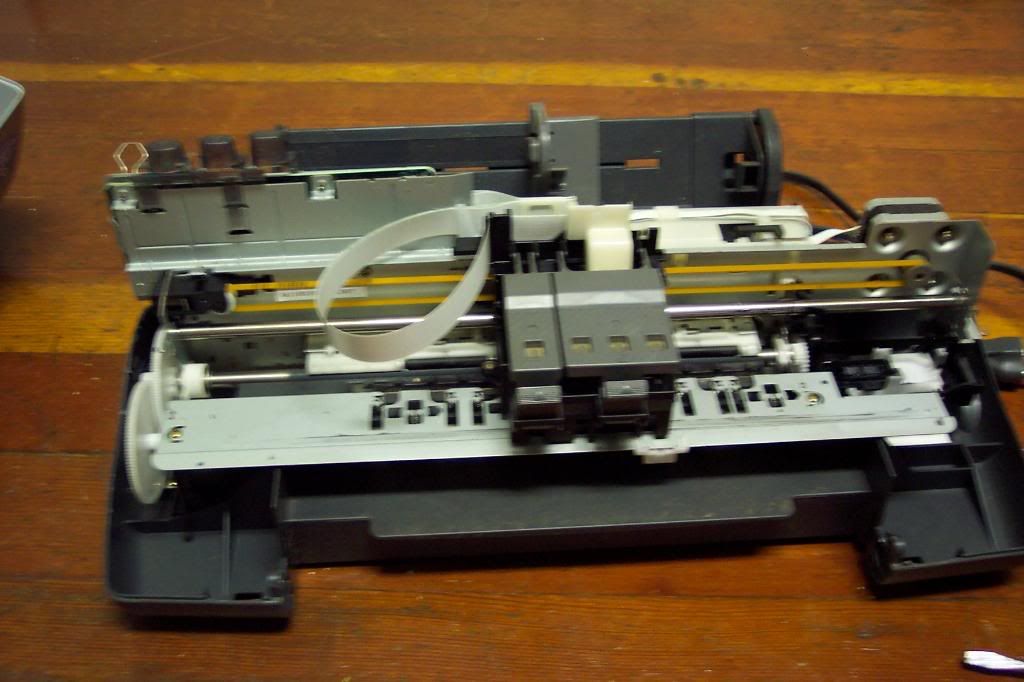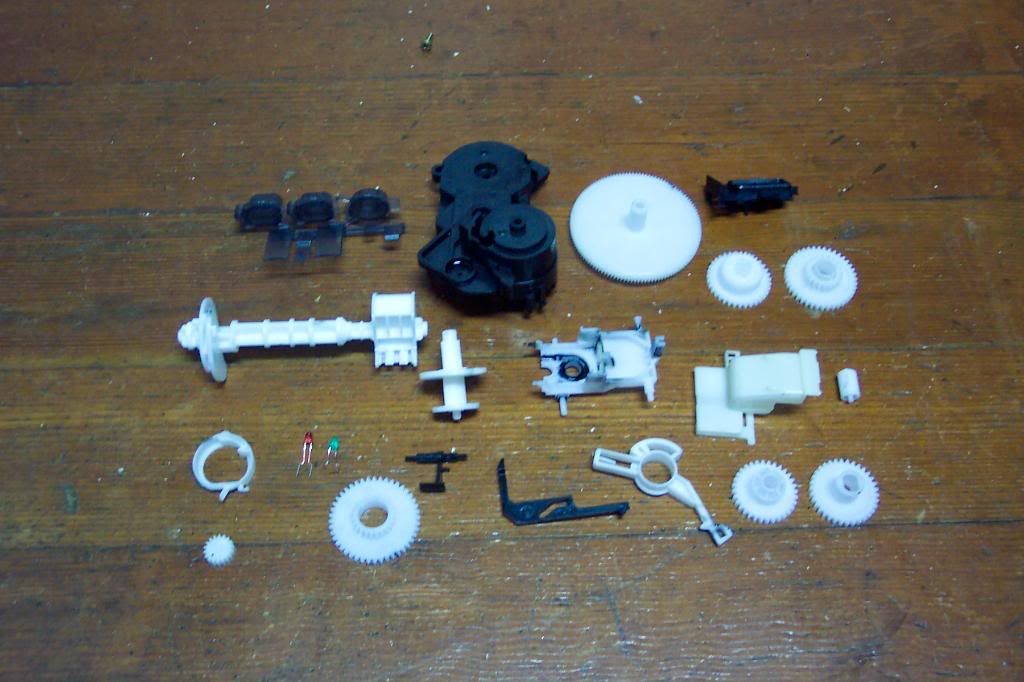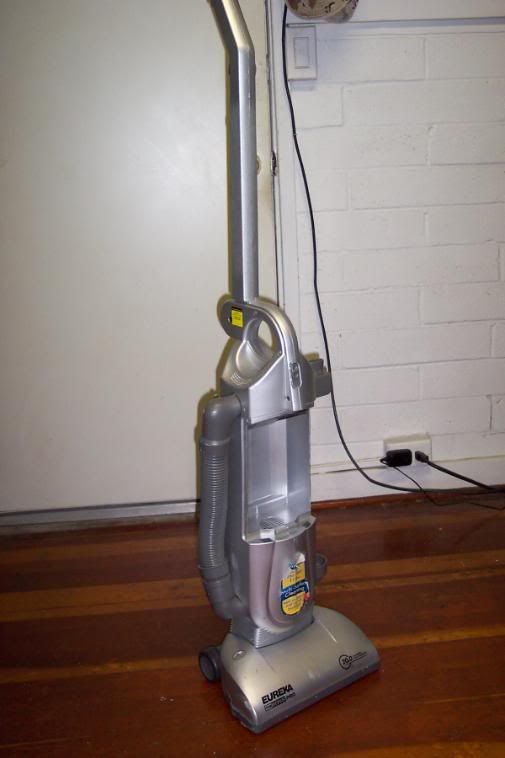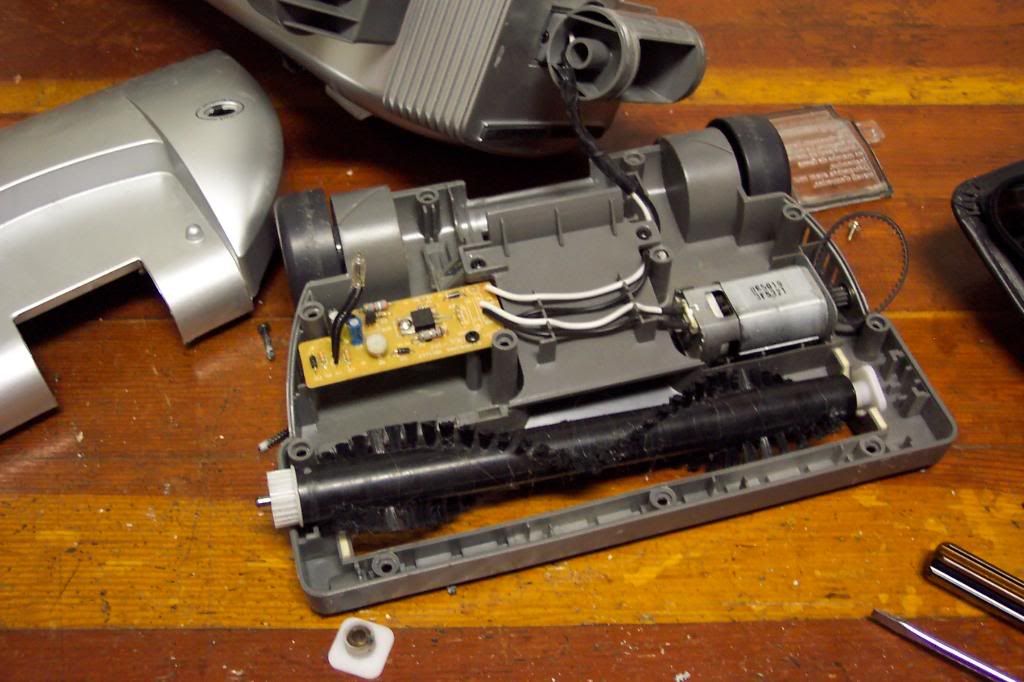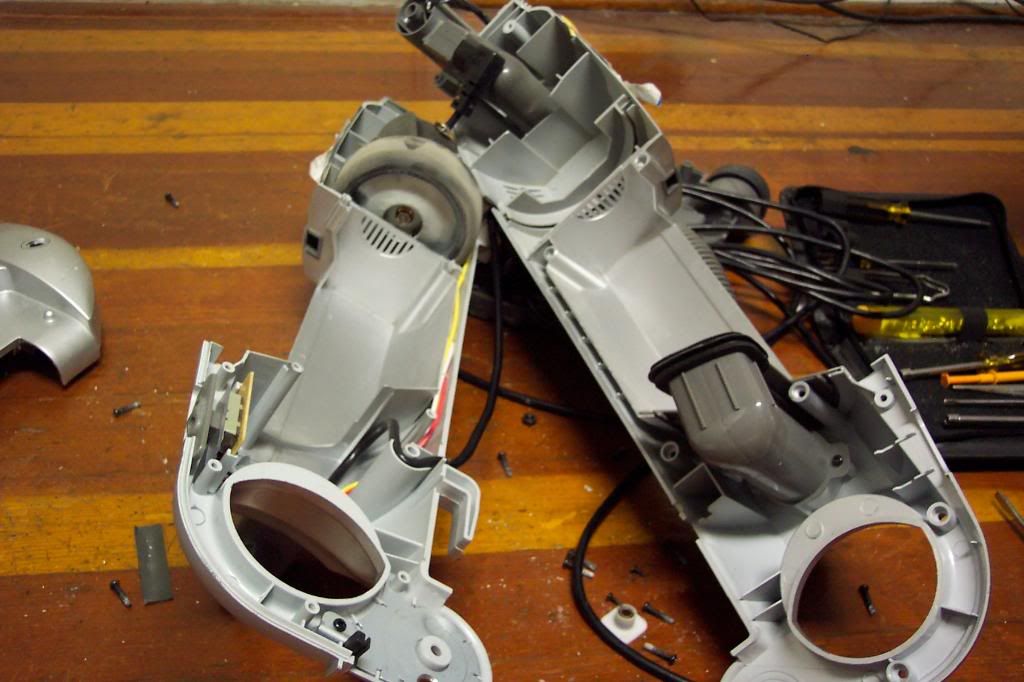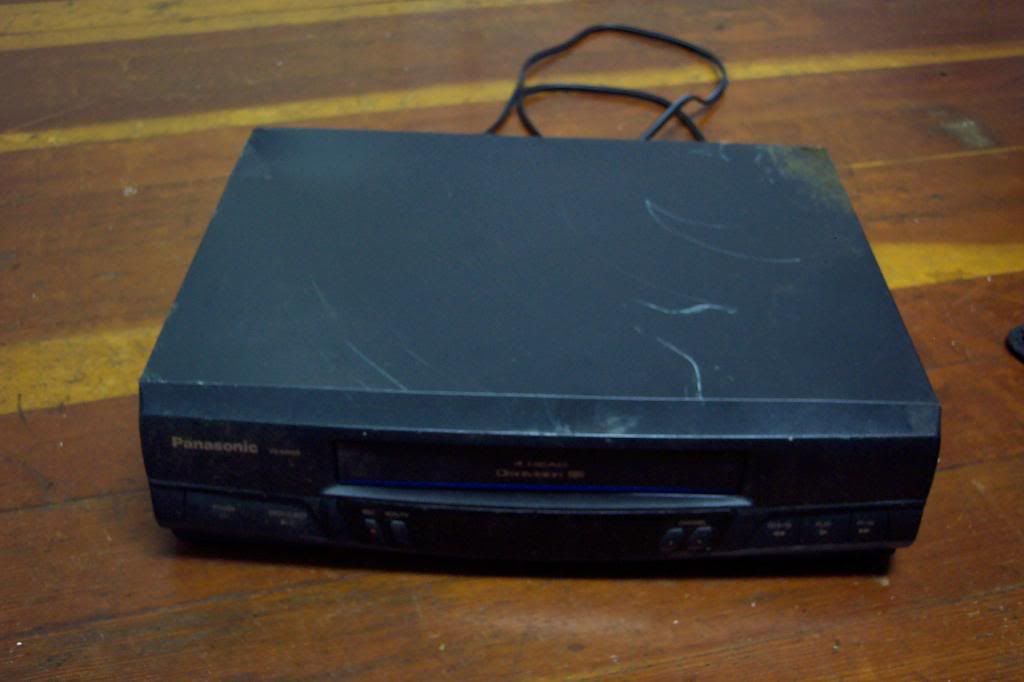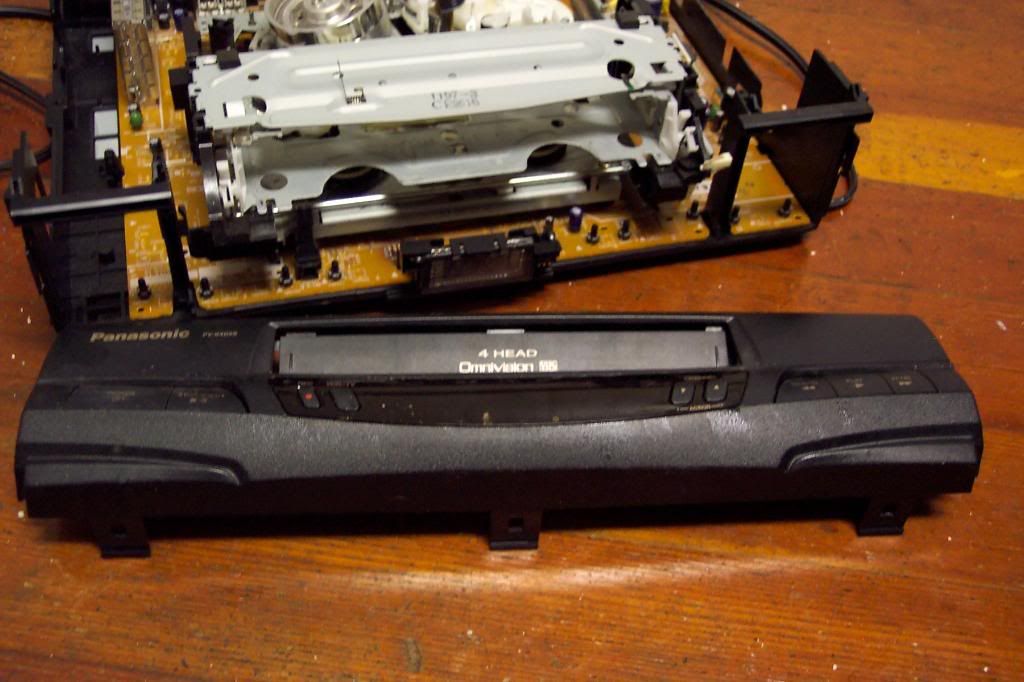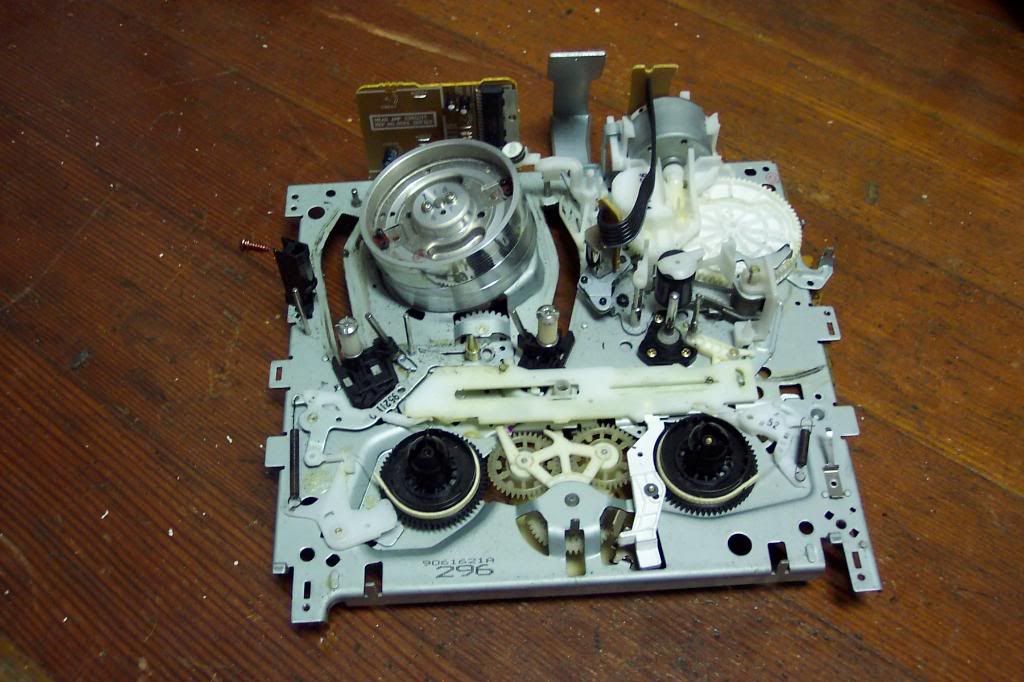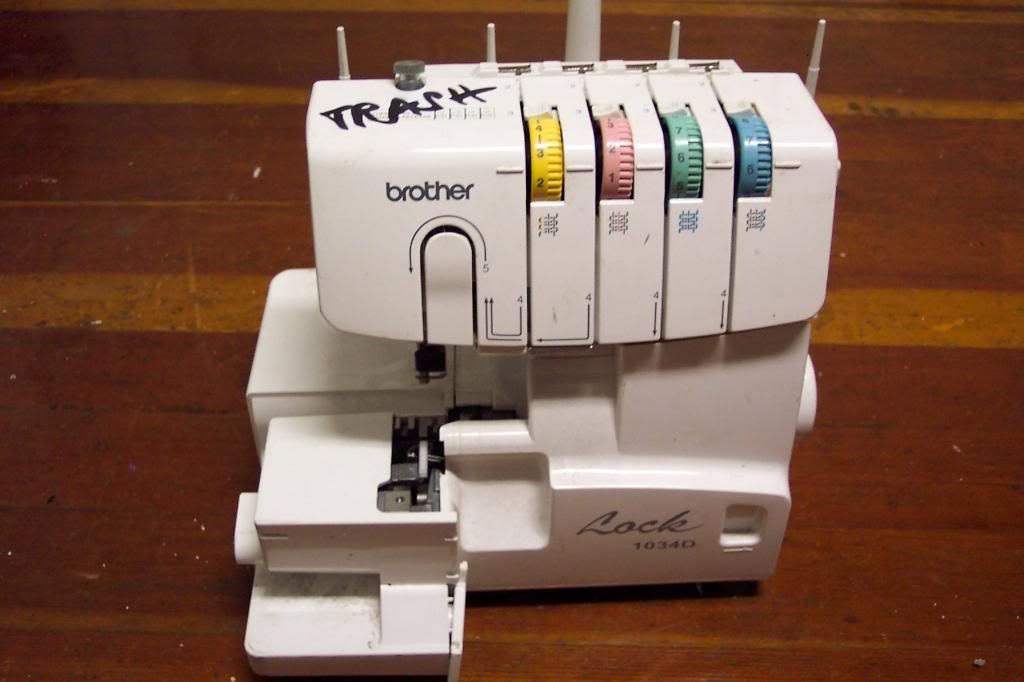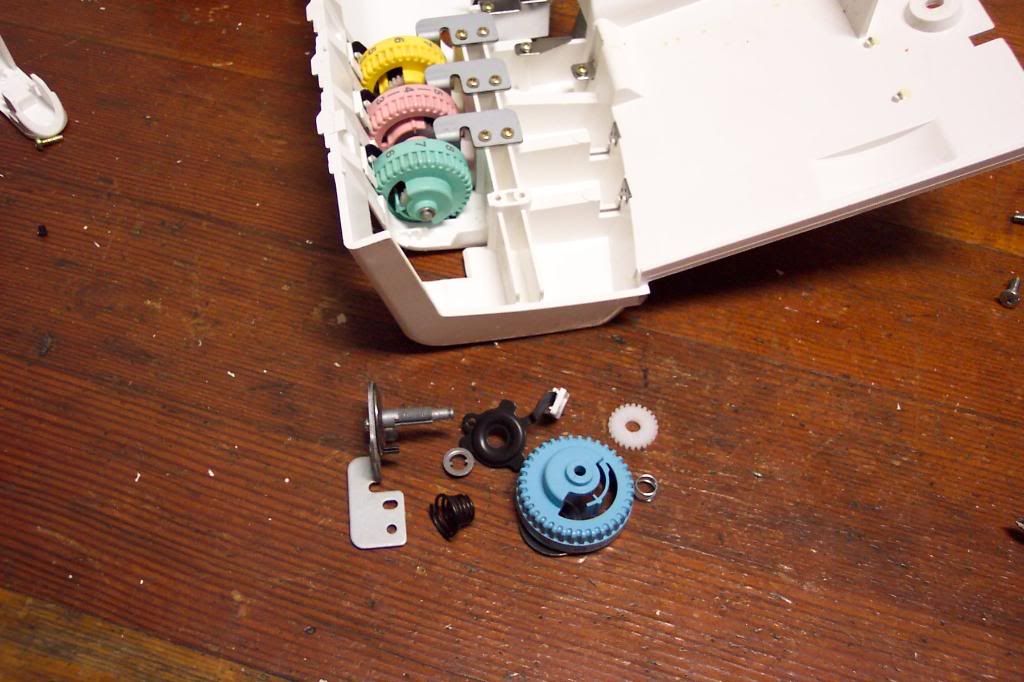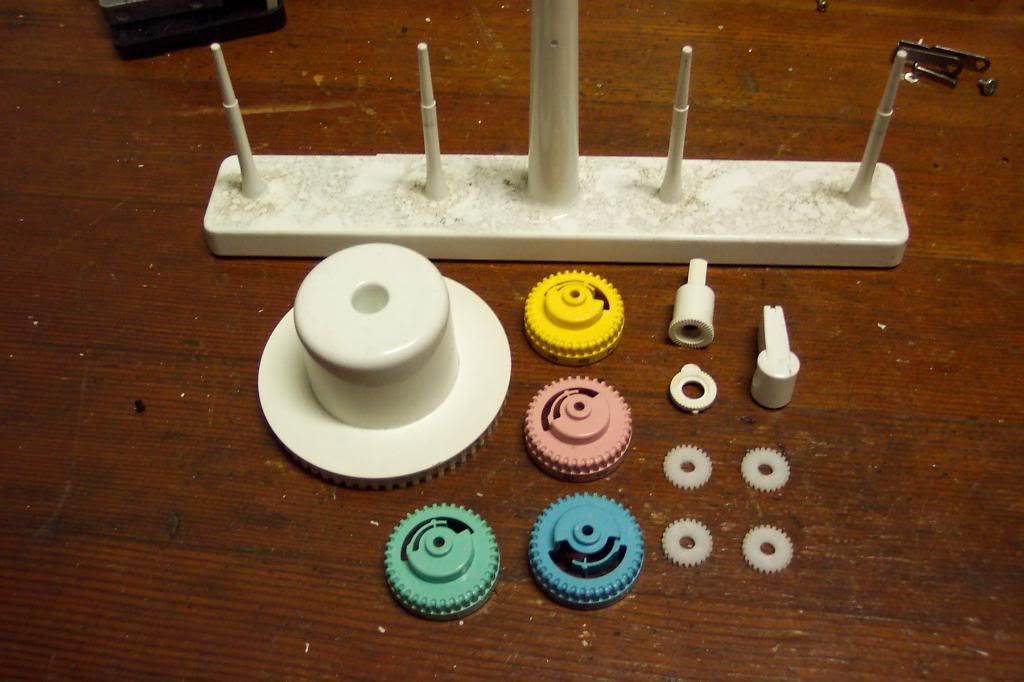I could have also titled this entry 'Sackful of Disappointment,' but I'll get to that in a minute.
There was a time, ten or so years ago, when I was excited by computers, rather than just ambivalent like I do now. Part of that excitement was just the sheer novelty of the personal computer. My generation is the last one to not grow up with home computers from a very early age. Yes, a lot of kids back then had access to computers, but many more didn't; computers were not nearly as ubiquitous as they started to become in the early to mid Nineties. So when I started 5th grade at a school with a computer class, it was my first real experience with them. The computers they had were Apple IIe models, which even at the time were getting close to obsolescence, but they were good enough for middle-schoolers to learn on.
The point is that I cut my computer-using teeth on those old Apples. So when I saw these diskdrives in a pile of junked computer parts, there was a bit of nostalgia mixed with the regular joy of finding something new to take apart. I grabbed one drive on my way back to the apartment, then found a sturdy shopping bag and headed back to get the other ones. I know from experience that disk drives aren't the most fun disassemblies ever, or have the best parts, but they're usually decent. I figured I could get a couple of blog entries out of this haul. Then I tried to take them apart.
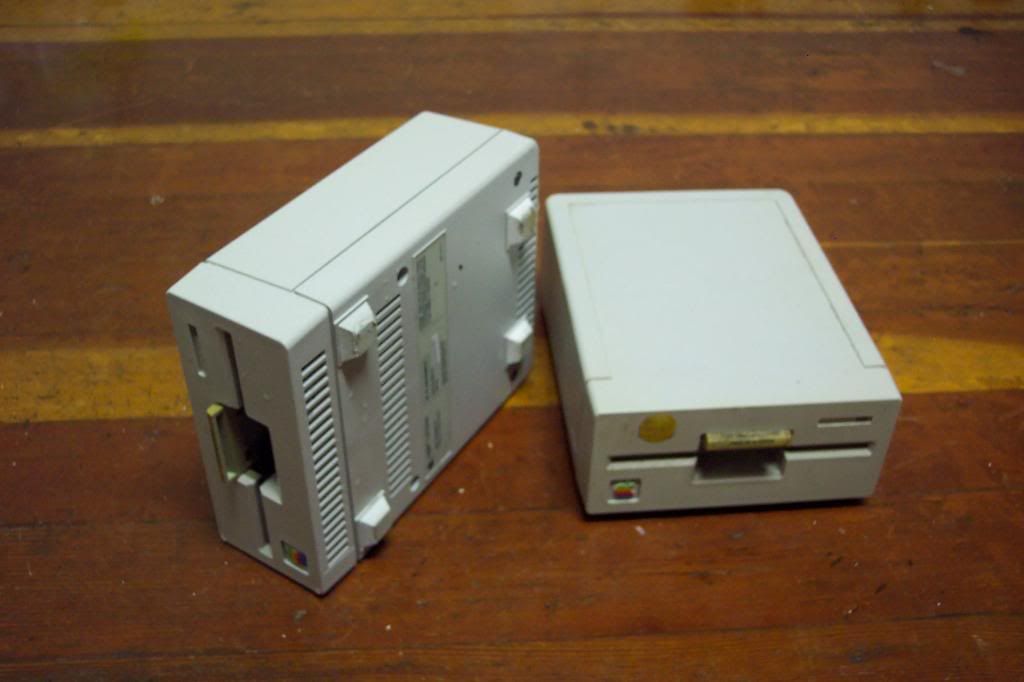
I started with the 5.25" drives. They had dirt on them as well as in them. The little droplets on them are from where I cleaned them up a little.
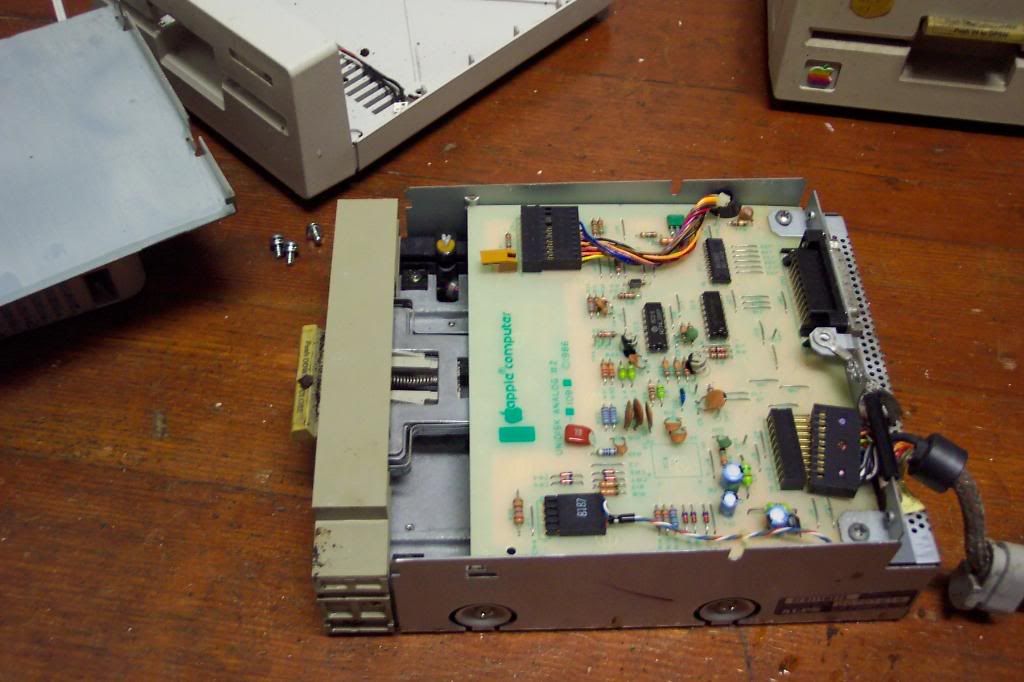
Dig the retro Apple logo on the circuit board. That's as far as I went on the first one, and didn't even bother with the second one. It was a combination of screws that wouldn't come off and nothing worth saving out of it. But all was not lost: I still had the two 3.5" drives. Surely those would hav some good pieces.
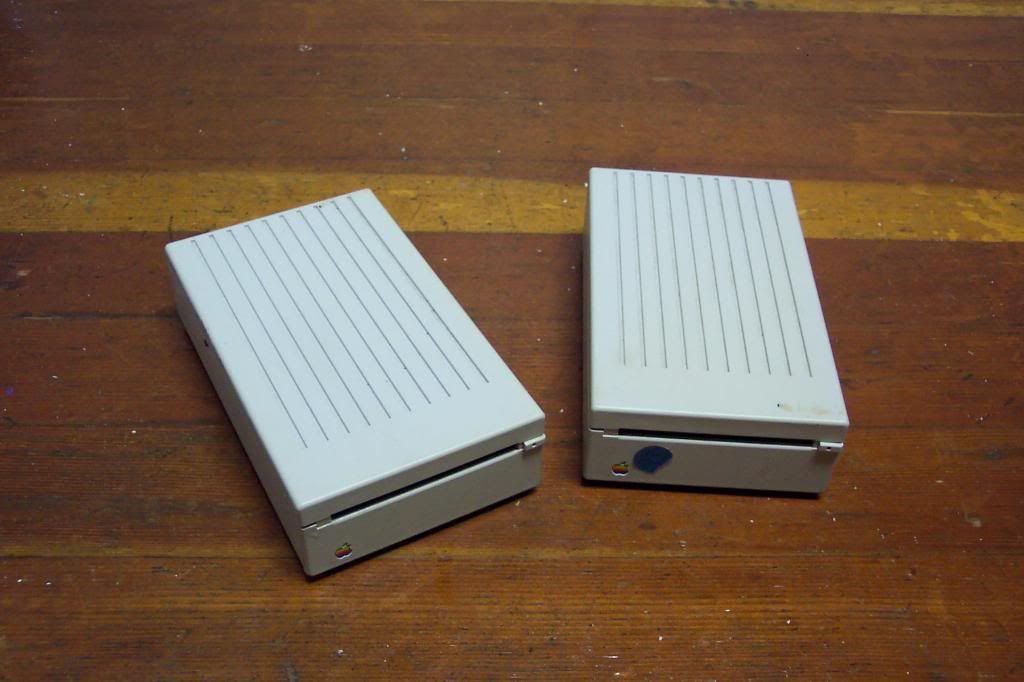
Here they are. Just as dirty on the outside, but not so much on the inside.
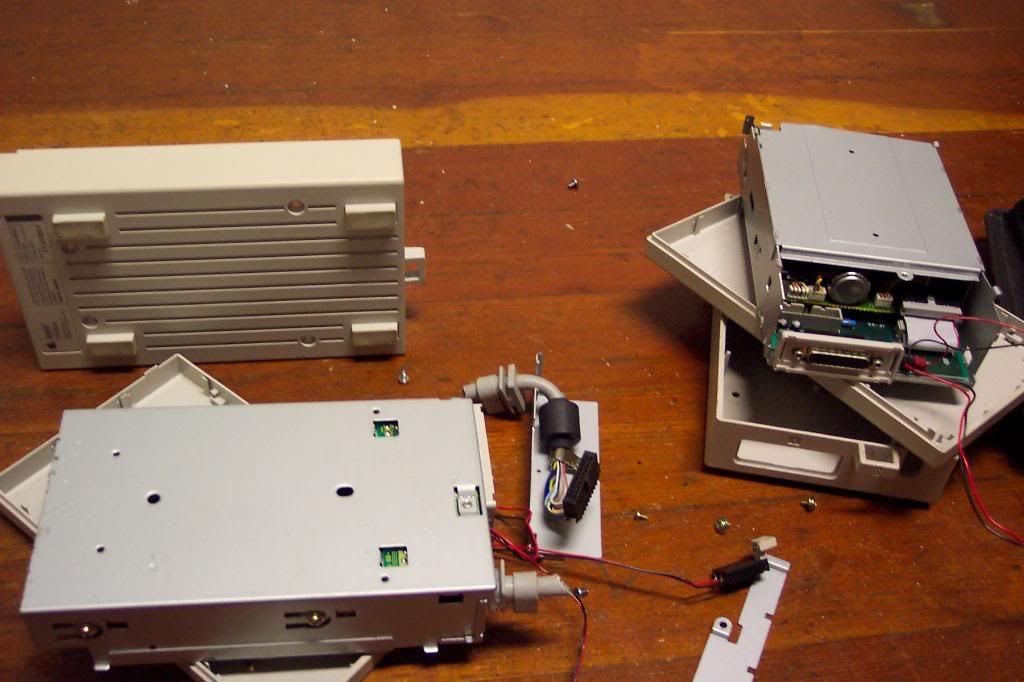
And that's as I could go on these. Those metal housings didn't want to come off. So that's the end of that.
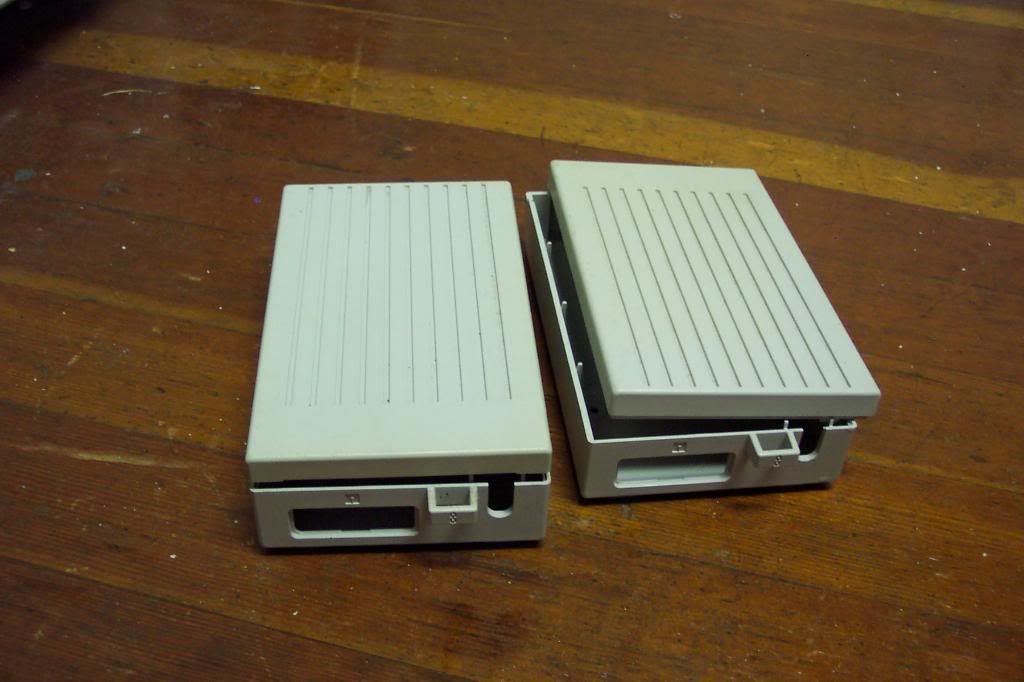
I did keep the plastic cases for the 3.5" drives, and that's it. The official reason I kept them is that they could be useful as project boxes. Off the record...I kept them out of spite.

